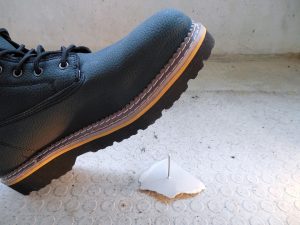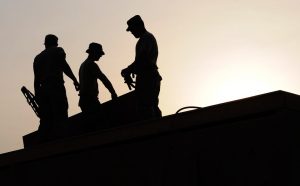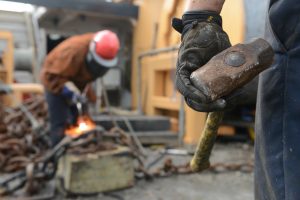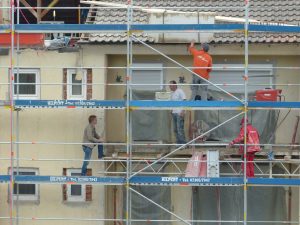 “Safety first” doesn’t just mean that safety is important. “Safety first” is actually a suggestion for the order in which things should be done. Before anything else, we should think about safety.
“Safety first” doesn’t just mean that safety is important. “Safety first” is actually a suggestion for the order in which things should be done. Before anything else, we should think about safety.
In other words, before you’ve even hired anyone onto a job site, you should have an answer for the following questions:
-Do We Have First Responders On-Site?
Small construction crews typically won’t have on-site paramedics, but this becomes necessary with larger projects. An on-site first-responder can mean the difference between a worker taking a couple weeks off to heal, and a worker needing to collect six months of worker’s comp.
-Where’s the Nearest Hospital?
Make a note of nearby emergency rooms and other medical facilities. It may prove quicker to drive an injured worker directly to the emergency room rather than wait for an ambulance.
-Do You Have a First-Aid Kit?
If there’s no first-aid kit on site, there shouldn’t be any workers on site, either. They’re not that expensive and they’re more than worth the investment.
-Do You Know How to USE a First-Aid Kit?
Do you know how to apply a tourniquet, and more importantly, do you know why you usually shouldn’t apply a tourniquet? You don’t need to go through medical school to be able to put a first-aid kit to use, but you should take the time to familiarize yourself with basic treatment such as how to apply pressure to a wound. You can find some useful information at http://www.ready.gov/kit
-Have Your People Been Trained?
Before anyone so much as picks up a hammer, make sure that everyone knows what to do in the event of an emergency: Where to drive, who to call, where the first aid-kit is and so on. Make sure everybody you work with knows the answers to all of the above listed questions.
You should also be sure to make a note of emergency contact numbers and fire exits and to familiarize your staff with these points.
Safety isn’t something you do in response to an emergency, safety is the foundation of the workplace, something that you think about before you think about anything else. You’ll save life and limb by putting safety first, plus you’ll be able to meet your deadline more easily, make it less likely that you have to cash in on your insurance policy, and you’ll save your clients a pretty penny, as well.







 Most construction projects include the use of scaffolding, which can leave your workers vulnerable to injury. To help you prevent falls on site, industry expert recommend that managers follow these proactive guidelines:
Most construction projects include the use of scaffolding, which can leave your workers vulnerable to injury. To help you prevent falls on site, industry expert recommend that managers follow these proactive guidelines:





